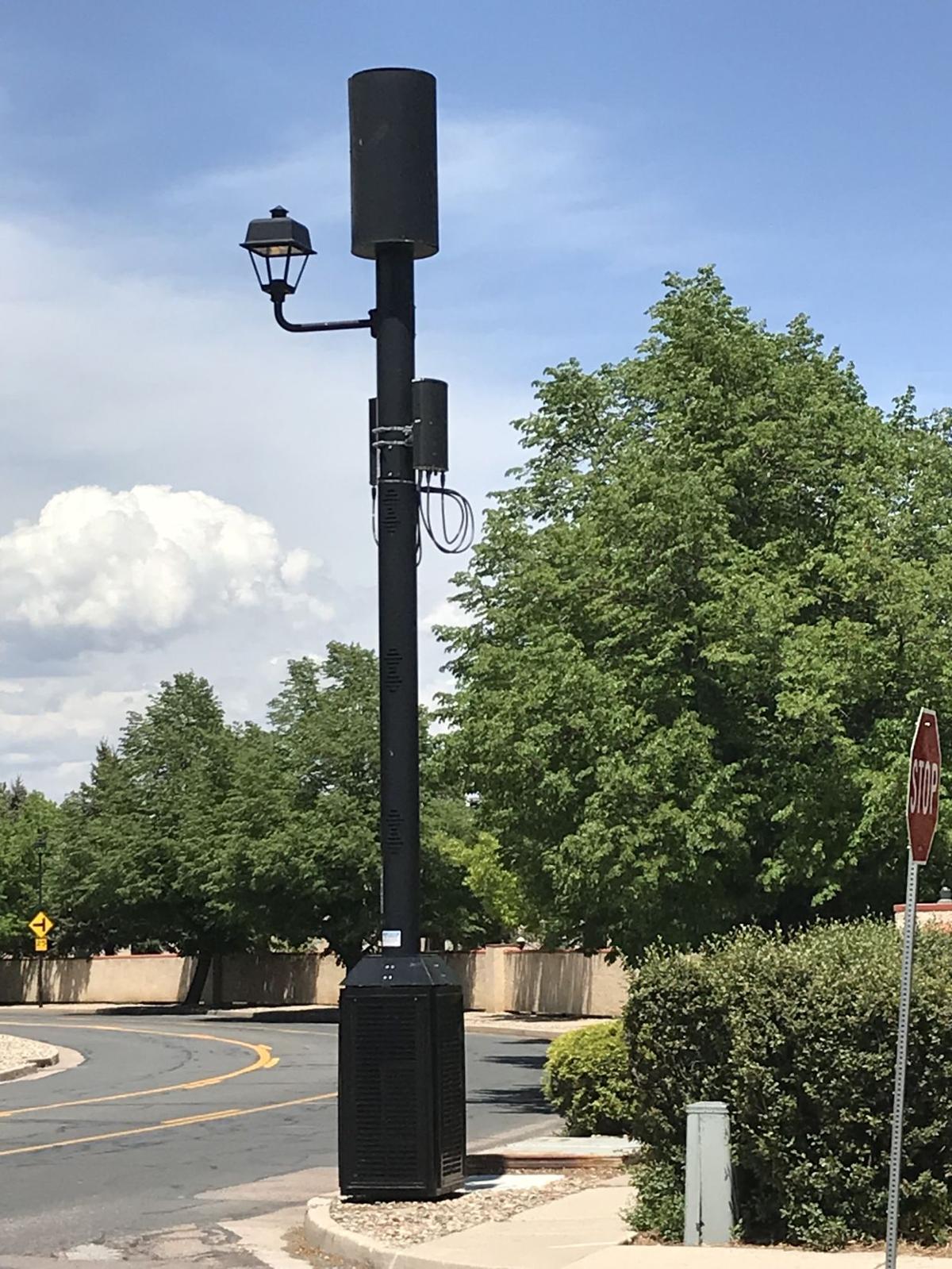If you've ever wandered through a town and spotted tiny mini 5G cell towers placed on poles for street lighting. They look like small boxes however, they're actually transmitting wireless signals from mobile providers to your phone.
The smaller ones are being replaced by larger built cell towers. While they're less noticeable however, they could create problems for those who live nearby.
It is the of the FCC's Radiation Exposure Thresholds
The FCC's Radiation Exposure Thresholds define the maximum amount of time one can expose to electromagnetic energy from wireless devices. The limits for exposure are based on research that show that RF energy could be harmful to health.
safe distance from cell tower (SAR) is a measure of the amount of radiofrequency energy absorption by tissues. It's typically 1.6 Watts per kilogram spread over a kilogram of tissue.
Since 5g is able to transmit at higher frequencies, it has the potential to create more energy on the skin and other directly-exposed body parts. This could result in various possible harms, such as an increase in development of skin diseases such as dermatitis, skin cancer and cataracts.
Because of the potentially severe effects of 5g radiation, PSU has chosen to create a general power density limit of 4 mW/cm2 averaged over 1 cm2, but not to exceed 30 minutes, for all 5G services at 3000 GHz. This localized limit is in accordance with the peak spatial-average SAR of 1.6 W/kg averaged over 1 g of tissue at 6 GHz.
The FCC's Maximum Exposure Thresholds
If you've ever used a cell phone, you probably know that a safe distance from the tower is at least 400 meters away. This is due to the transmitting power of the cell tower is significantly increased the further away you are from it.

Although this may sound like a good idea, the reality is that those living close to towers may actually be more vulnerable to health issues. For instance, a 2014 study in India found that residents who lived within 50m from cell towers suffered significant more health issues than those living further far from antennas.
This study showed that residents who moved into areas farther away from cell towers noticed their symptoms return to normal within a couple of days. Studies have also demonstrated that exposure to extreme amounts of electromagnetic field radiofrequency (EMFs) could cause brain tumors, cancers, and other health problems.
This is due to the fact that radiofrequency radiation, used in wireless communication, can penetrate the body's outer layer, which is the skin. https://turtlelevel6.bravejournal.net/post/2023/04/26/How-long-Can-You-Move-From-a-5G-Mobile-Tower-Without-Staying-Unsafe is vital to be aware of this since the skin functions as a shield against mechanical injury, infection from pathogenic microorganisms, as well as the entry of harmful substances. Additionally, it is the most important organ of the human body, and is accountable for maintaining the integrity of other organs.
The FCC's Minimum Exposure Thresholds for the Minimum Exposure
The FCC's Minimum Exposure Thresholds are based on a variety of assumptions that are not supported by evidence from science. https://fnote.me/notes/9aQd6W includes the false assumption that exposures to RF radiation are safe because of the minimal penetration into the body (i.e. the heating of tissues).
The assumption is also ignoring the greater penetration of ELF elements of modulated radio signals, as well as the consequences of brief bursts of heat from pulsed RF waves. These assumptions are not in line with current understanding of the biological consequences of RF radiation. As such they shouldn't be considered for health protection exposure standards.
Furthermore to that, ICNIRP and FCC limit their limit of exposure to the local SARs that are based on the maximum spatial specific absorption rate (psSAR) which is not a reliable dosimetric instrument for determining the level of radiation exposure. Particularly, psSAR is inaccurate for frequencies that exceed 6 GHz. Additionally, psSAR hasn't been evaluated for RF radiation that is exposed to other agents of the environment such as sunlight. The interactions of RF radiation and other environmental agents could cause synergistic or antagonistic effects. This would result in the risk of having adverse health consequences. For example, co-exposure to RF radiation along with exposure to sunlight can cause an increase in the incidence of developing skin cancer, and may also exacerbate other skin disorders, such as acne.
